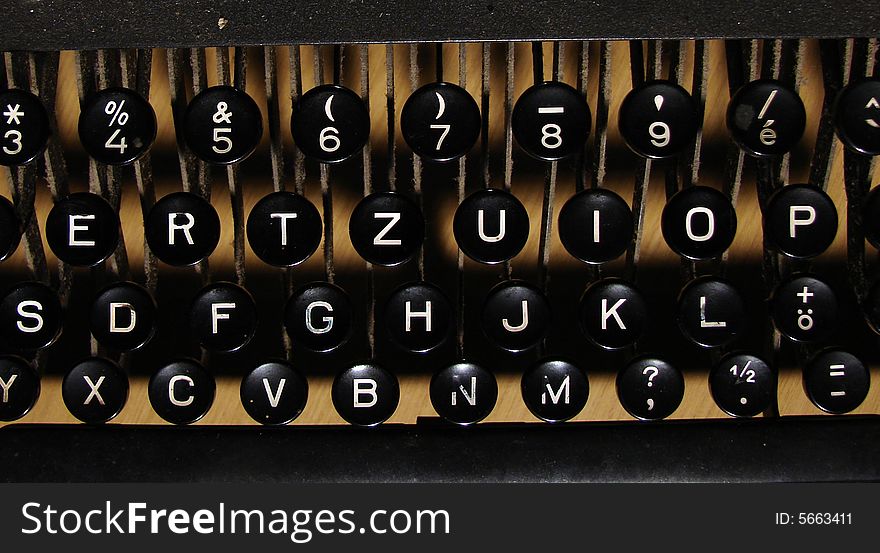
These go through what can only be described as a mechanical DAC to do the actual ball positioning.

These are in the form of bars that either move or don’t, depending on which key was pressed. The keyboard encodes two bits that control the ball tilt, and I think five bits that control the rotation. The Selectric is actually mechanical-digital. Posted in classic hacks, Peripherals Hacks Tagged force sensor, keyboard, mechanical keyboard, softpot, typewriter Post navigation is using his new keyboard with Vim, even, something you can check out in the video below. It’s a very simple solution for an electrical interface to a mechanical device, and the project seems to work well enough. With a single ADC chip and a Raspberry Pi, can determine which key was pressed and use that information to output a character to a terminal. When a key is pressed, it strikes a crossbar in the frame of the typewriter. Instead of installing switches underneath every key or futzing about with the weird mechanics of a Selectric typewriter, is only installing a touch-sensitive position sensor into the frame of the typewriter.

’s mechanical keyboard improves on all of these builds by making the electronic interface dead simple, and a project that can be done by anyone. Even in recent years, typewriters have been converted into keyboards with the help of some switches and an ATMega.
#Typewriter keyboard serial
Is your keyboard too quiet? Is your Cherry MX Blue board not driving your coworkers crazy enough? If the machine gun fire of a buckling spring keyboard isn’t enough for you, there’s only one solution: ’s typewriter turned into a mechanical keyboard.Ĭonverting typewriters into keyboards has been done for a very long time teletypes, the first computer keyboards, were basically typewriters, and the 1970s saw a number of IBM Selectrics converted into a keyboard with serial output.


 0 kommentar(er)
0 kommentar(er)
